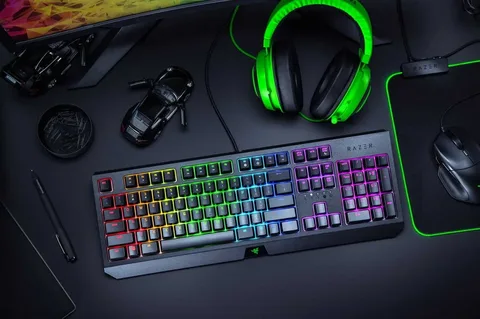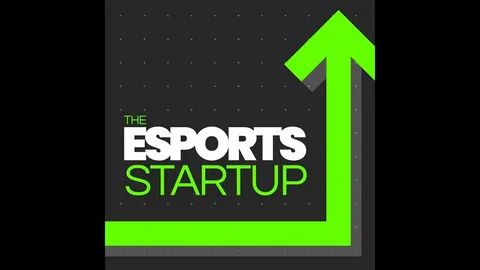
Cloud gaming, also known as game streaming, is transforming the gaming landscape by eliminating the need for high-end hardware and offering gamers access to their favorite titles through internet-connected devices. Unlike traditional PC gaming, which demands expensive graphics cards, CPUs, and storage upgrades, cloud gaming allows players to stream games directly from powerful remote servers.
Services like NVIDIA GeForce NOW, Xbox Cloud Gaming (formerly xCloud), PlayStation Now, and Amazon Luna are rapidly gaining traction, hinting at a possible shift in how we experience and access games. As internet speeds and server infrastructures improve globally, cloud gaming is positioned as a more accessible, flexible, and affordable alternative to conventional PC gaming.
One of the main appeals of cloud gaming is convenience. Gamers no longer need to worry about hardware compatibility or game installation. With a stable internet connection, they can play AAA titles on laptops, smartphones, tablets, or even smart TVs, picking up right where they left off.
This flexibility empowers more casual and budget-conscious gamers who may not be able to afford or maintain a high-end gaming rig. Moreover, cloud gaming removes the barriers of platform dependency and operating systems, making it easier for developers to reach wider audiences with less optimization work.
The subscription-based model offered by most cloud gaming services also adds value. Rather than purchasing individual games, users can access a vast library for a monthly fee—much like Netflix but for gaming.
This not only reduces the financial burden on players but also encourages them to try new titles they might not have otherwise considered. Furthermore, cloud gaming supports instant updates and patches directly from the server, reducing downtime and enhancing the user experience.
However, the road to a cloud-dominated PC gaming future isn’t without hurdles. The biggest challenge remains internet quality and latency. Cloud gaming relies heavily on low-latency, high-bandwidth connections.
For users in areas with unreliable or slow internet, the experience can be frustrating with lag, input delay, and reduced visual quality. Data caps imposed by internet service providers can also limit the feasibility of streaming games for long hours. Additionally, gamers who value modding, ultra-high resolutions, or offline gameplay may find cloud gaming restrictive.
Security and ownership are also concerns. With cloud gaming, users don’t truly own the games—they rent access. If a service shuts down or removes a title, players lose access. This contrasts sharply with traditional PC gaming where physical or digital ownership provides more control.
Conclusion:
Cloud gaming holds immense potential and is undoubtedly reshaping the future of PC gaming. Its promise of flexibility, cost-efficiency, and platform independence makes it a strong contender to become the dominant form of gaming.
However, widespread adoption depends on overcoming infrastructure, latency, and ownership issues. While it may not completely replace traditional PC gaming in the near future, it is certainly becoming an integral part of the gaming ecosystem—especially for casual gamers and mobile users. As technology advances, cloud gaming will likely coexist and complement traditional methods, rather than entirely replacing them.




